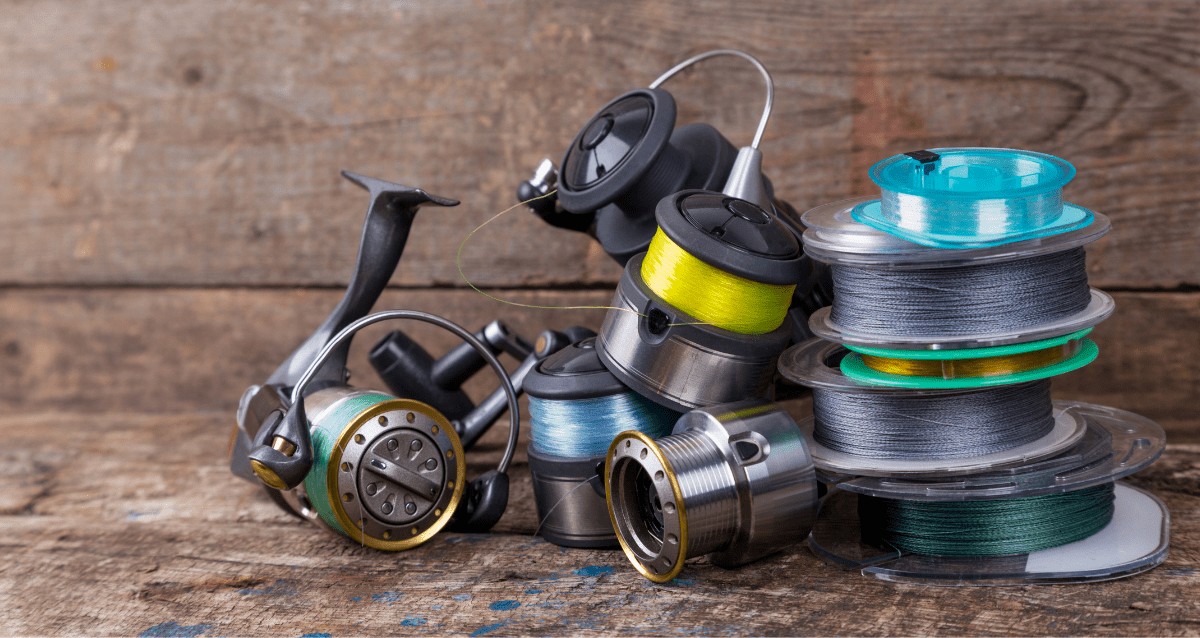
Fishing is a popular recreational activity enjoyed by millions of people worldwide. Whether you’re an experienced angler or a beginner, selecting the right fishing line is crucial for a successful and enjoyable fishing trip. With a wide variety of fishing lines available, it can be overwhelming to determine which one suits your needs. In this article, we will explore the different types of fishing lines and provide insights into selecting the perfect line for your fishing endeavors.
Monofilament Fishing Line:
Monofilament fishing line is one of the most common types used by anglers. It is made from a single strand of nylon or other synthetic materials. Monofilament lines offer several advantages, including their affordability, versatility, and ease of use. They have good knot strength, excellent handling, and are suitable for various fishing techniques.
One of the key benefits of monofilament line is its high visibility in the water, which can help you detect subtle bites and movements. However, this visibility can also be a disadvantage when fishing in clear water or targeting wary fish. Monofilament lines also have a relatively high amount of stretch, which can reduce sensitivity and make it harder to feel bites or set hooks quickly.
Fluorocarbon Fishing Line:
Fluorocarbon fishing line has gained popularity among anglers in recent years due to its unique properties. Made from a fluoropolymer material, it is virtually invisible underwater, making it an excellent choice for clear water fishing and targeting finicky fish. Its low visibility is a significant advantage when fishing in situations where fish are easily spooked.
Another benefit of fluorocarbon lines is their high abrasion resistance, making them suitable for fishing around structures or rough areas. They also have a lower stretch compared to monofilament, offering better sensitivity and the ability to detect even the slightest nibbles. However, fluorocarbon lines tend to be stiffer and more challenging to handle, making them less forgiving when it comes to casting and knot tying.
Braided Fishing Line:
Braided fishing lines are composed of multiple strands of synthetic fibers woven together. These lines offer exceptional strength and thin diameters, allowing for increased line capacity on reels and improved casting distance. Braided lines have minimal stretch, providing excellent sensitivity and immediate hook sets.
The high visibility of braided lines can be advantageous when fishing in low light conditions or around heavy cover. Additionally, their superior strength and resistance to abrasion make them ideal for targeting large and hard-fighting species. However, the lack of stretch can be a disadvantage when playing fish, as it increases the risk of line breakage. Braided lines also tend to be more expensive compared to monofilament and fluorocarbon options.
Selecting the Right Fishing Line:
Choosing the right fishing line depends on various factors, including the type of fish you’re targeting, the fishing environment, and your preferred fishing technique. Here are a few guidelines to help you make an informed decision:
Consider the Fishing Location: If you’re fishing in clear water or targeting skittish fish, fluorocarbon line is an excellent choice due to its low visibility. For general-purpose fishing in various conditions, monofilament lines offer versatility and affordability.
Think About the Fish Species: Different fish species have varying feeding habits and fighting characteristics. For larger fish or those dwelling in heavy cover, braided lines provide the necessary strength and abrasion resistance. Lighter lines, such as monofilament or fluorocarbon, are suitable for smaller fish or situations where finesse is required.
Evaluate Fishing Techniques: Different fishing techniques require specific line properties. For example, if you’re using topwater lures that require excellent knot strength and buoyancy, monofilament lines are a solid choice. If you’re jigging or bottom fishing where sensitivity and immediate hook sets are crucial, braided lines are a better option.
Consider Line Strength and Diameter: The strength and diameter of the fishing line are important considerations. Thicker lines offer greater strength, but they may be more visible and affect casting distance. Thinner lines provide better sensitivity and casting performance but may sacrifice some strength. Balancing these factors based on your target species and fishing conditions is essential.
Test Different Brands and Models: Within each type of fishing line, there are various brands and models available. It’s worth experimenting with different options to find the one that suits your preferences and fishing style. Factors such as smoothness, manageability, and knot strength can vary among brands, so trying out a few options can help you find the ideal line.
Consider Budget and Longevity: Fishing lines come in a range of prices, and more expensive lines don’t always guarantee better performance. Assess your budget and consider the longevity of the line. Braided lines, for example, tend to last longer than monofilament lines, which may need to be replaced more frequently.
Remember, proper maintenance of your fishing line is essential for its longevity. Regularly inspect your line for wear, fraying, or damage and replace it if necessary. Clean and dry your line after each fishing trip to prevent it from deteriorating.
Selecting the right fishing line is crucial for a successful fishing experience. The type of line you choose should be based on the specific conditions, target species, and fishing techniques you plan to employ. Whether it’s the versatility of monofilament, the low visibility of fluorocarbon, or the strength of braided line, understanding the properties and advantages of each type will help you make an informed decision. Take the time to experiment with different brands and models to find the fishing line that best suits your needs, and remember to properly maintain and care for your line to ensure its longevity. Happy fishing!



